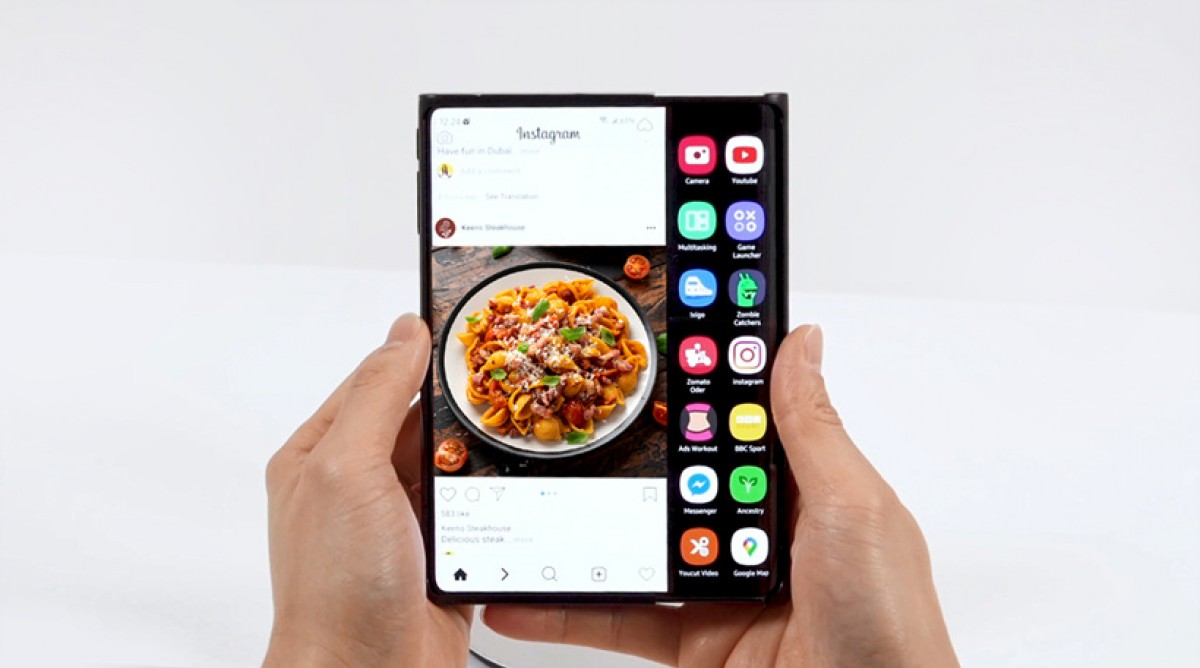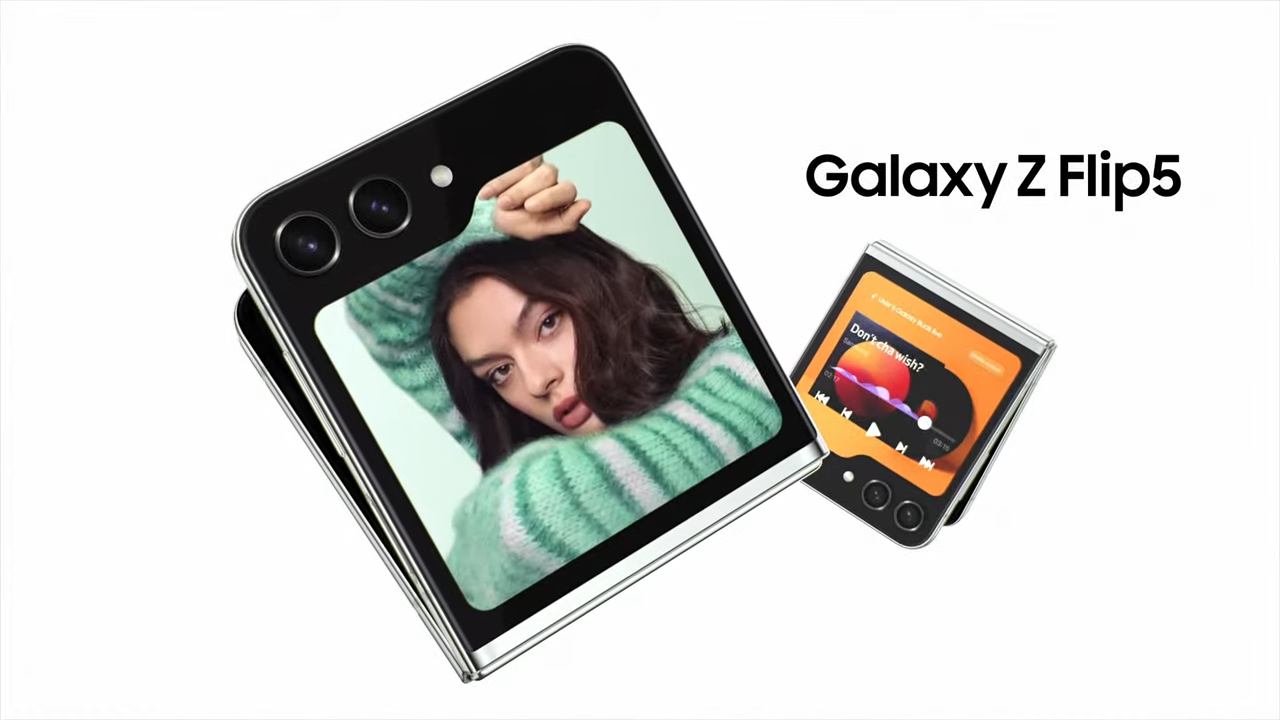Motorola, Samsung, and Apple are investing in the wrong smartphones
Roll on to the next idea

Rollable phones are dumb: If I wanted to read my messages on a scroll I’d travel back in time and hang out with Jesus. Rollables — a.k.a the concept phones that got out of hand — are steadily building up momentum. It seems like only a matter of time before Motorola, OnePlus, or Samsung dive headfirst into shallow waters in a bid to be the first to unleash a retractable receiver onto the market.
Making use of my diploma from the school of ‘I have eyes and can see what’s coming next,’ my educated guess is that one of these companies is a year or two away from embarrassing themselves on the global stage. Their smart-scroll exposed for being the overpriced, flimsy, gimmick that it is.
At the press of a button, you too can squander the next 5 seconds of your life as you observe this little device whir away. Unfurling itself out of its own innards to present you with a whopping two extra inches of screen space. I don’t think I need to cite my sources on this one: nobody is excited about two inches.

Personally, I blame Samsung
Out of the main players, it’s Samsung I want to see make the jump first. Not believing in the rule of diminishing returns, I’d love a re-run of the Samsung Galaxy Fold disaster. I hope after five rolls, when next that magical button is pressed, the top of the phone shoots off and takes the screen with it. Leaving anyone crazy enough to adopt rollable tech in possession of the world's saddest and most expensive party popper.
Why Samsung? We used to air a certain level of skepticism before Samsung got lucky and managed to salvage its foldable dreams. Now that they’ve achieved the impossible in turning the Z Flip 5 into a 400,000+ folds tank people are starting to believe in anything. Even I’ve had my belief system shaken, I’ve given a second look at the impossible: tarot card readings, crystal healing, the sentience of Google’s LaMDA, and that pineapple works on pizza.
Worse still, I’m pretty sure Samsung only went down the foldable path because they realized they couldn’t beat the iPhone in a fair fight. Even then, the iPhone walked so that the Galaxy Z Flip 5 could run. We can all agree that the first steps into the foldable market came when Apple released the iPhone 6 — the only phone to date known for its effortless ability to fold itself around the contours of the human form.

The foldable’s success wasn’t an accident
Now everyone loves foldables. They hail Samsung as if they did the impossible, but it wasn’t impossible — it was inevitable. Because we’ve already had foldable phones, except they were called flip phones. And they were the coolest thing to happen to the universe since The Artist Formerly Known As Prince taught us all we could legally change our names to a Windings character.
Sign up to receive The Snapshot, a free special dispatch from Laptop Mag, in your inbox.
Oh, the hours I spent flip-flapping my phone about like I was Captain Kirk plucking up the courage to call his middle-school crush. That was the real innovation, right there. Putting a bendy screen into mid-2000s tech was just the icing on the cake really. The foldable was a tried and proven design that just needed display technology to catch up with it in order to find new life in the touchscreen era.
In contrast, the rollable has no heritage to cling to and no proven record of a warm-welcomed design. Scrolls aren’t exactly brimming with nostalgia. Even as a man of the time, Moses forwent them to do his best work on a tablet. And who among us can genuinely say they’re willing to wait the eternity-like, 5 seconds of excruciating whirring every time we want to use our onscreen keyboard? I didn’t think so either.

Meanwhile, where it matters…
While companies like Motorola and Samsung pour millions into research and development of the rollable, smarter companies like Apple wait in the wings. They’re developing rollable tech of their own, but are more than happy to let others trailblaze. If it’s a success, they can always swoop in and gentrify the whole thing in typical Apple fashion. If it’s a loss? It’s no skin off their teeth, they’re worth $3 Billion.
Meanwhile, the companies chasing after these fancy-schmancy concepts leave us with annual “blah” updates to iPhone-whatevers and Galaxy S something-or-other devices.
Their true bread and butter grows stale while everybody goes all Steve Jobs and tries to be “where the puck will be.” Not realizing that a growing percentage of customers are beginning to shy away from middling hardware updates. Instead, opting to hold onto their phones for longer and wait to splash their hard-earned cash on something truly worthwhile and useful.
Then, within a few years, they’ll either have developed a slightly less annoying and fragile device that people have already grown bored of or ditched the idea entirely — leaving a sizable hole in the company coffers and the rollable to rot alongside Microsoft’s Zune, Nintendo’s Virtual Boy, and the Apple Vision Pro (I said it).
And when they try to reclaim their losses by finally switching focus back to their flagship devices, what’s to be done when a previously loyal fanbase has turned away to face the Pixel, Honor, and Nothing phones doing their best to innovate and overtake? Food for thought.

Rael Hornby, potentially influenced by far too many LucasArts titles at an early age, once thought he’d grow up to be a mighty pirate. However, after several interventions with close friends and family members, you’re now much more likely to see his name attached to the bylines of tech articles. While not maintaining a double life as an aspiring writer by day and indie game dev by night, you’ll find him sat in a corner somewhere muttering to himself about microtransactions or hunting down promising indie games on Twitter.
